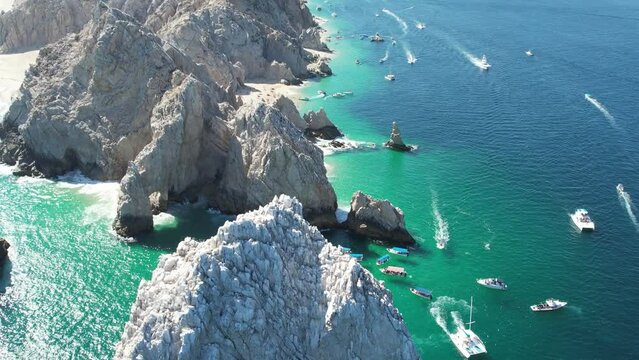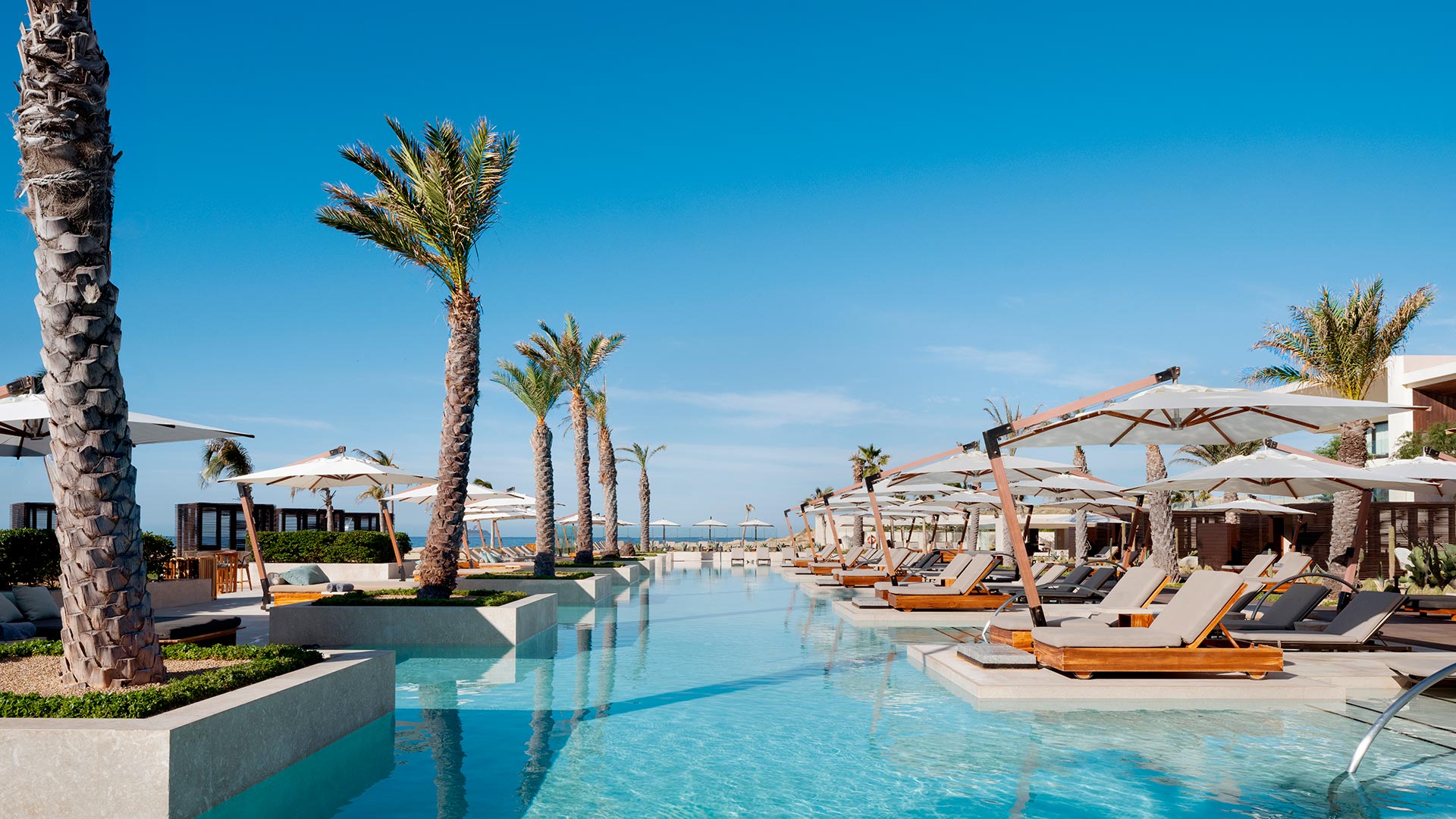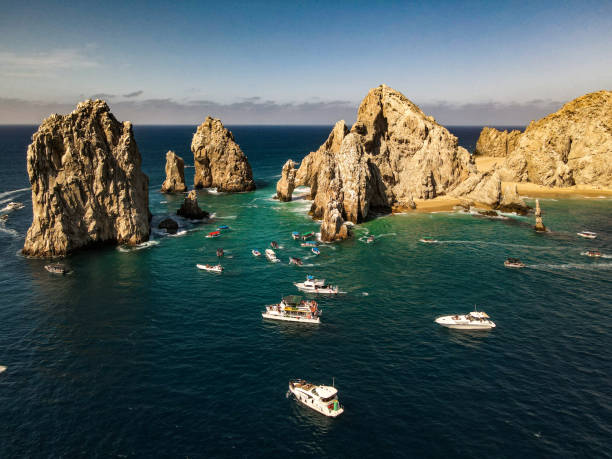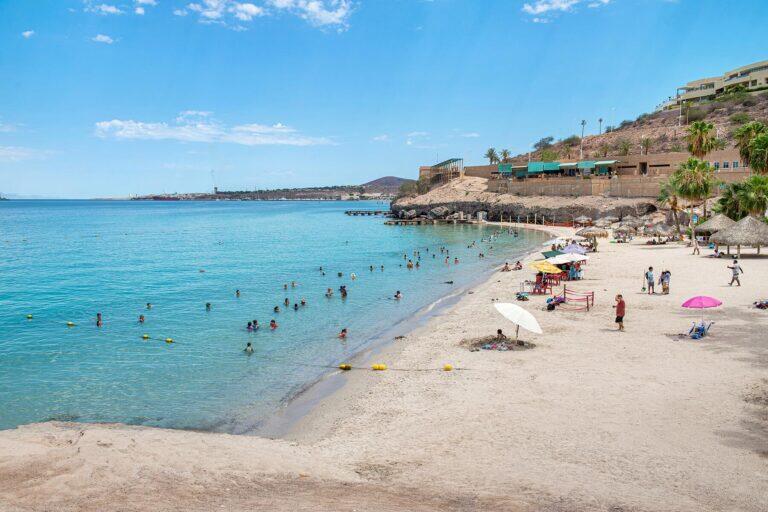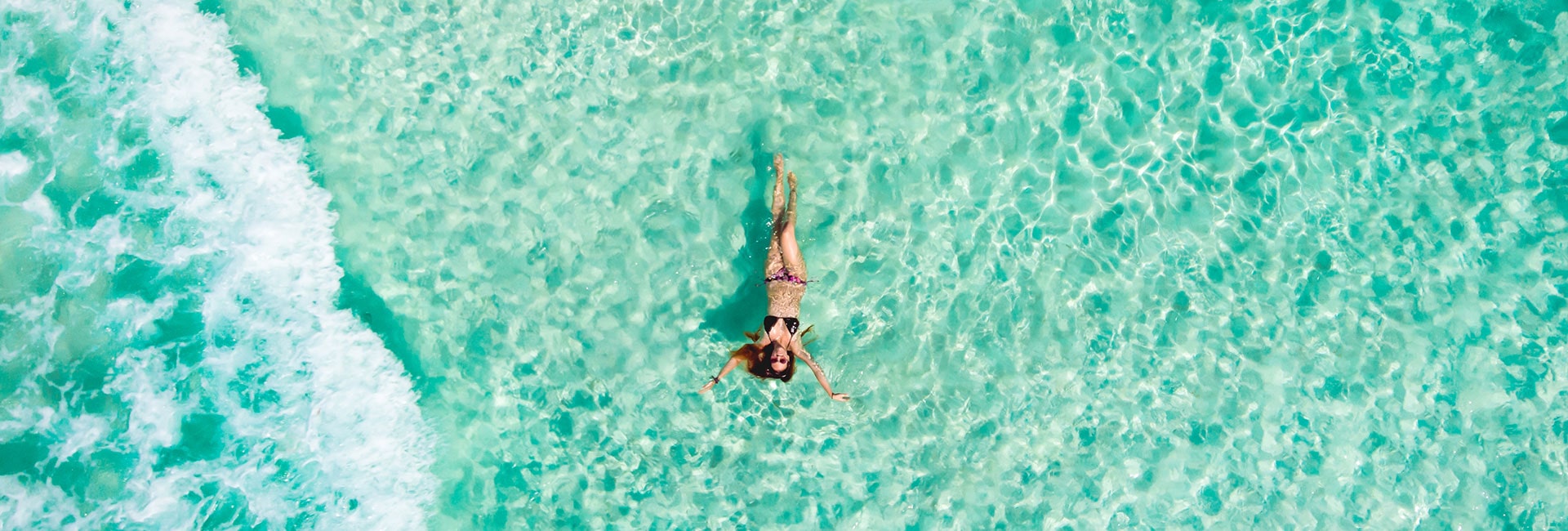Cabo Beaches Safety: Riptides, Swimming Zones & Warning Flags
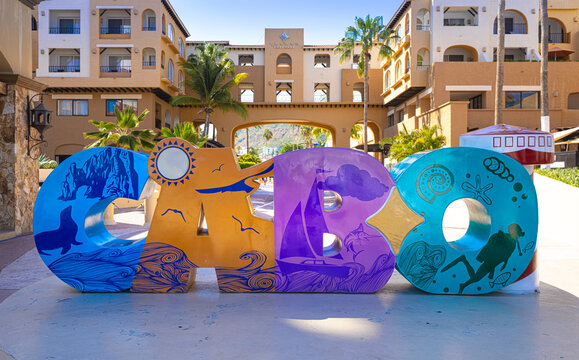
Enjoying the beaches of Los Cabos is an unparalleled experience: golden sand, crystal-clear waters, and desert landscapes that blend seamlessly with the sea. However, as with any beach destination, safety is essential to ensure a worry-free vacation. Knowing about riptides, safe swimming zones, and the meaning of warning flags can make the difference between a fun day and an accident.
In this guide, we cover everything you need to know to enjoy Los Cabos beaches safely, from dangerous currents to precautions for water sports and how to identify protected swimming areas.
Riptides and Why They Are Dangerous
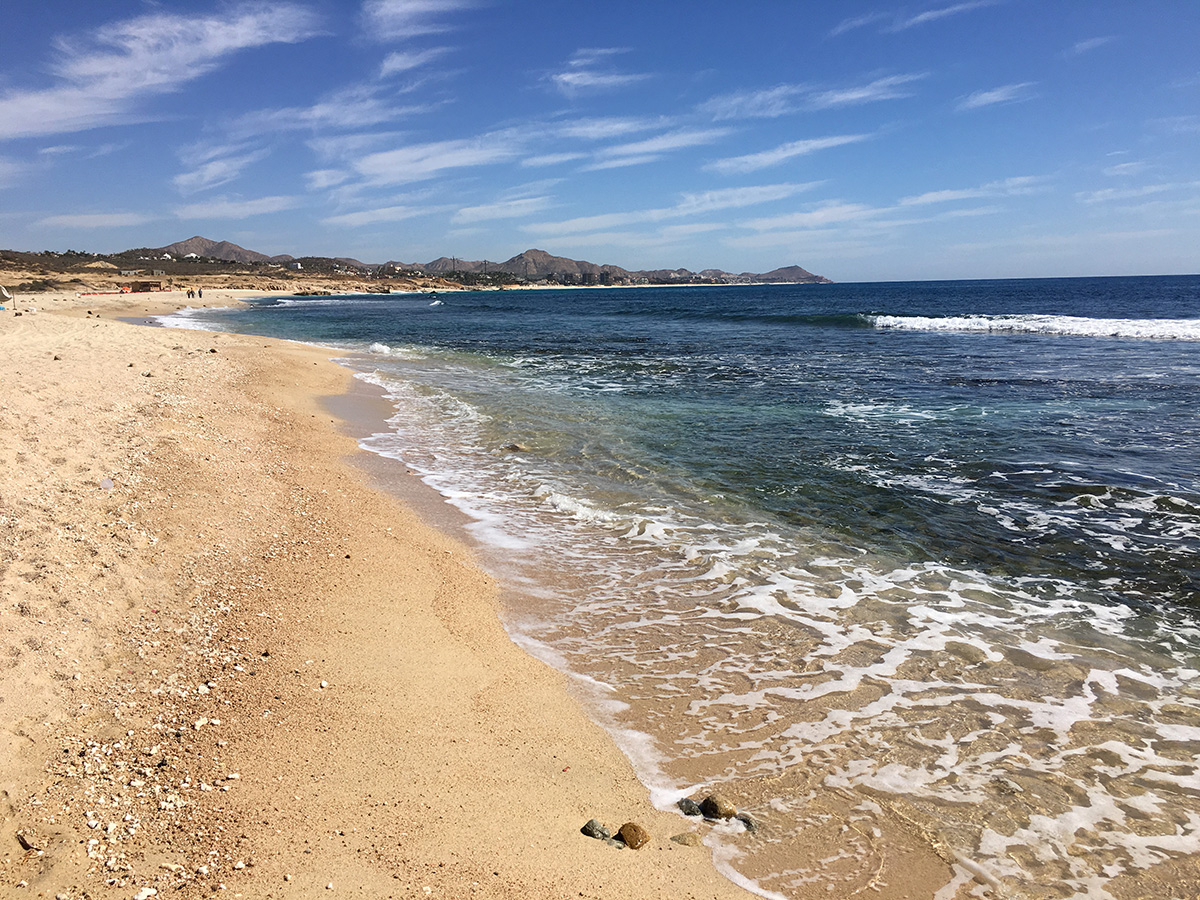
One of the most common risks on Los Cabos beaches are riptides. These currents are fast-moving flows of water that travel from the shore out to sea and can pull even experienced swimmers away.
Riptides primarily form on beaches open to the Pacific Ocean, such as Playa El Tule or Playa Costa Azul. While the water may look calm on the surface, the underlying flow can be very strong.
Tips for safe swimming:
-
If you get caught in a current, don’t try to swim directly to shore; swim parallel to the beach until you exit the flow.
-
Stay calm and use your life jacket if you have one.
-
Check with lifeguards about safe zones before entering the water.
Safe Swimming Zones
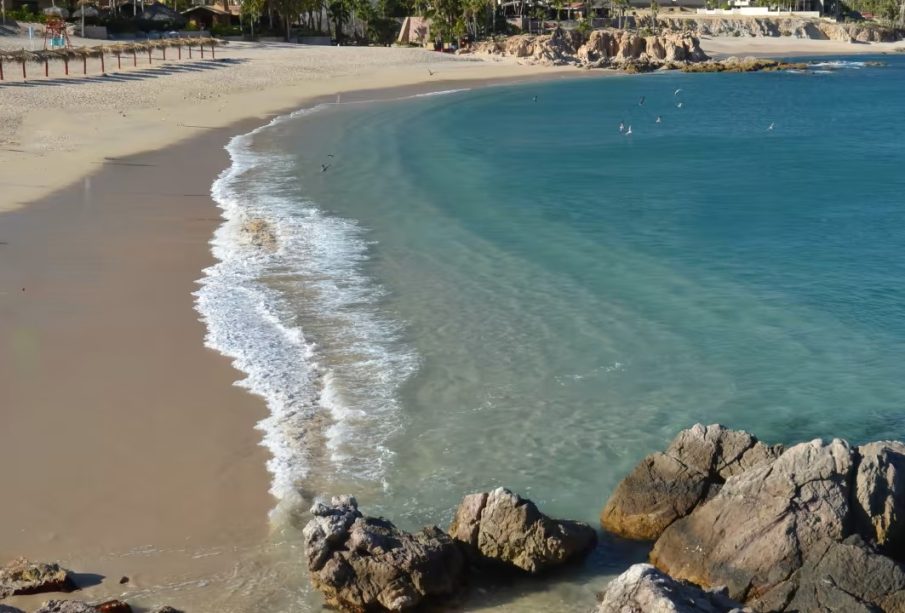
Not all beaches in Los Cabos are equally safe for swimming. Some have strong waves and dangerous currents, while others are protected and ideal for families. Knowing these differences will help you plan a safe day at the beach.
Recommended beaches for swimming:
-
Playa El Médano: The most famous beach in Cabo San Lucas, ideal for swimming and water sports, with constant lifeguard supervision.
-
Playa Chileno: A Blue Flag beach with calm, crystal-clear waters, perfect for swimming and snorkeling.
-
Playa Santa María: Also Blue Flag, with a protected bay and abundant marine life.
-
Playa Palmilla: Ideal for families and beginners, with moderate waves and easy access.
It’s important to remember that some beautiful beaches, like Playa del Amor or Playa Solmar, have very strong waves and dangerous currents. Swimming is recommended only in designated and supervised areas.
Warning Flags: How to Interpret Them
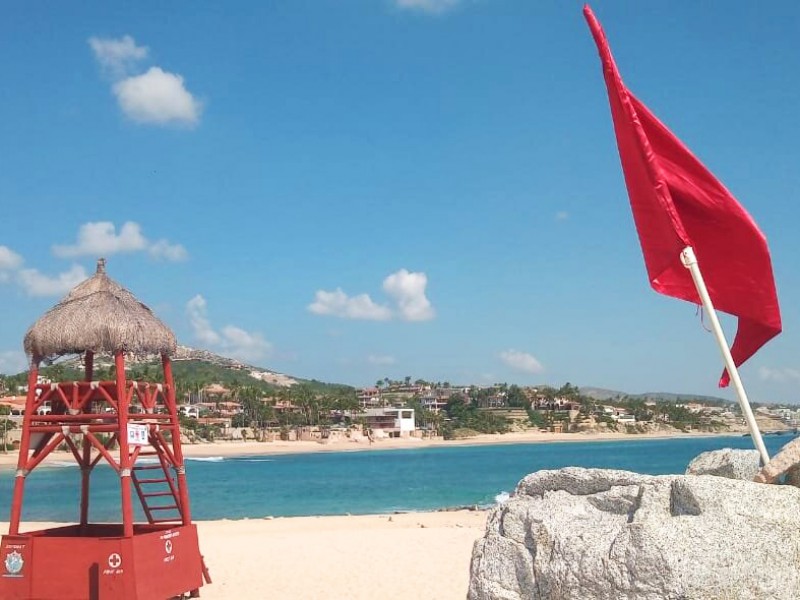
Los Cabos beaches use a flag system to alert swimmers about sea conditions. Understanding their meaning is key to enjoying the water safely:
-
Green: Calm water, safe for swimming.
-
Yellow: Caution, moderate currents or strong waves.
-
Red: Danger, swimming not recommended; strong currents or adverse weather.
-
Black: Beach closed, extreme risk; swimming not allowed.
Before entering the water, always check the current flag and follow the lifeguards’ instructions. Ignoring these signals is a leading cause of accidents at tourist beaches.
Water Sports and Precautions

Los Cabos is a paradise for water sports enthusiasts: kayaking, paddleboarding, snorkeling, jet skiing, and yacht excursions. However, safety should always be the top priority.
Recommendations:
-
Always wear a life jacket, even if you are a strong swimmer.
-
Hire certified operators and avoid unverified services.
-
Check weather and wave conditions before heading out.
-
Stay hydrated and protected from the sun during activities.
Practicing these sports in designated areas ensures fun without risk and allows you to enjoy the spectacular marine scenery and local wildlife, such as manta rays and tropical fish.
Children and Beach Safety

If you are traveling with children, supervision is even more important. Many beaches have special areas for kids with shallow waters and moderate waves. Some tips:
-
Always keep children in sight and within protected zones.
-
Teach children to recognize the warning flags.
-
Bring floatation devices and life jackets for extra safety.
-
Avoid letting them swim in beaches without supervision.
These measures ensure that kids can enjoy the water safely while parents can relax worry-free.
Emergencies and Safety Services
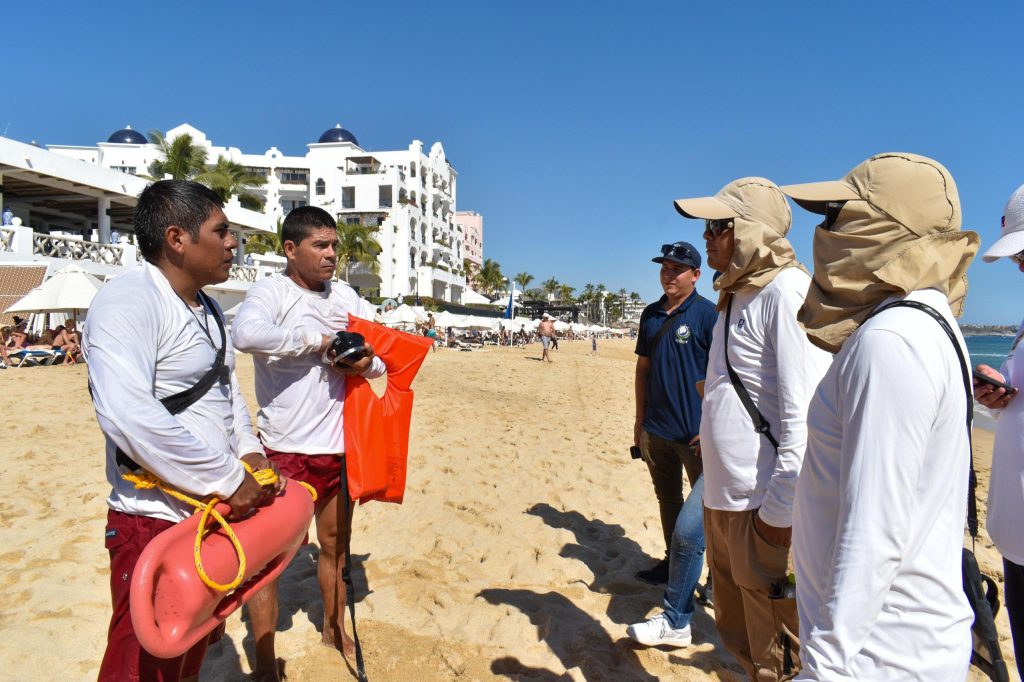
Los Cabos has an efficient beach safety system, including lifeguards, first-aid stations, and communication with local authorities. Key advice:
-
Identify lifeguard stations upon arrival.
-
Always carry a phone with signal or mobile data.
-
In case of an accident, stay calm and follow the lifeguards’ instructions.
-
Consider travel insurance that covers water activities.
Extra Tips for a Safe Beach Day
-
Avoid swimming alone and respect lifeguard instructions.
-
Use biodegradable sunscreen to protect your skin and the environment.
-
Stay hydrated, especially in summer when temperatures can exceed 35°C (95°F).
-
Do not go too far into the ocean after consuming alcohol.
-
Check weather and wave conditions before planning your visit.
Enjoying the beaches of Los Cabos is truly a pleasure, but doing so safely requires knowledge and caution. Knowing about riptides, swimming in protected areas, respecting warning flags, and using safe transportation are essential steps for a risk-free vacation.
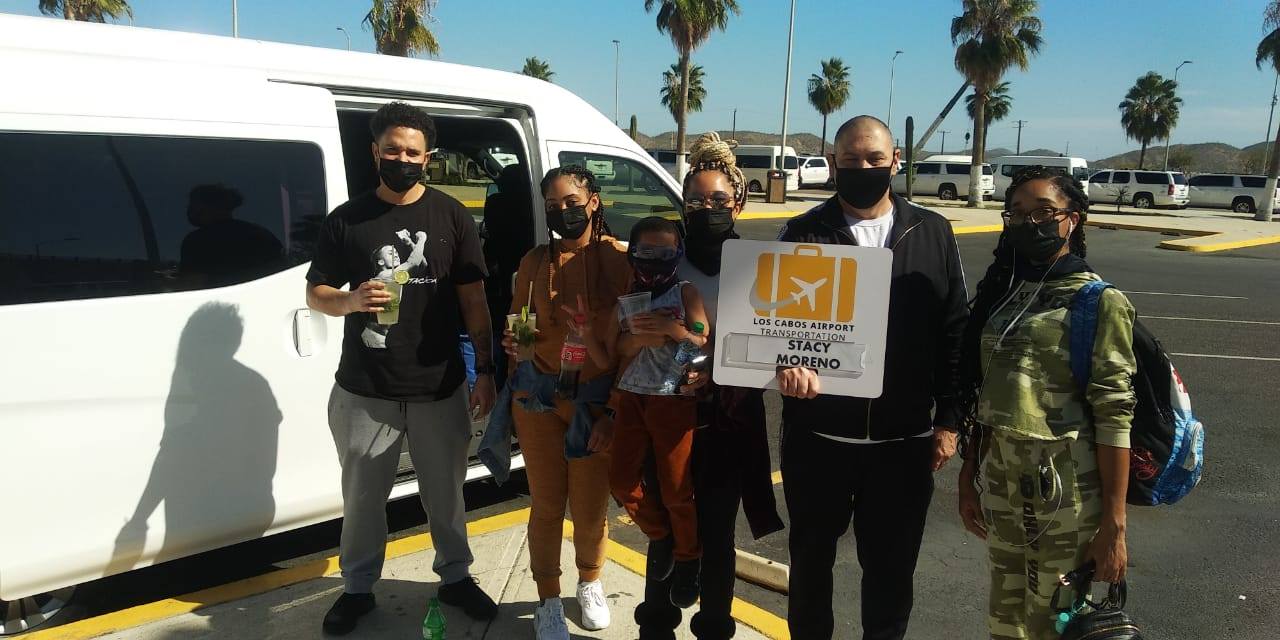
Moreover, using professional services such as Los Cabos Airport Transportation ensures that your arrival, transfers, and beach exploration are comfortable, reliable, and completely safe. This way, you can focus on what matters most: relaxing, having fun, and creating unforgettable memories in one of Mexico’s most beautiful destinations.

